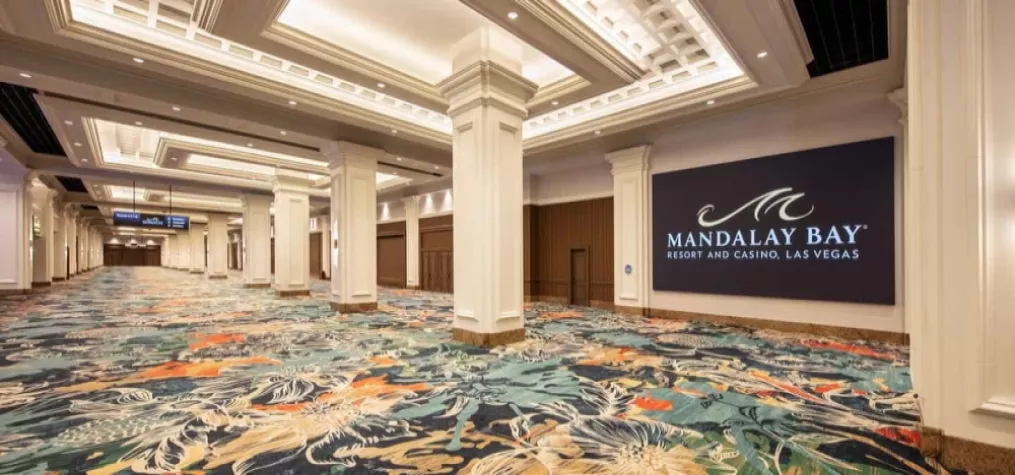Why It’s So Hard, Yet So Necessary, for Meeting Planners to Take Vacation

Last year, Cori Dossett, president of Conferences Designed based in Dallas, spent two weeks in New Zealand. It was meant to be a holiday, but despite being 7,500 miles from home, it didn’t feel like one.
“I literally worked half the vacation — some days I did not leave my hotel room,” recalls Dossett. “It was unfortunate and sad in so many ways.”
This meeting planner’s experience is relatable on many levels. It’s hard to take time away from work in this industry, and even more so when you’re the boss. As a self-employed small business owner, Dossett says she has freedom to take as much vacation as she wants — but on the other hand, she technically gets none, because she can never really be “off.”
She’s not alone: A record 768 million vacation days went unused by American workers in 2018, according to a new report from the U.S. Travel Association released last month. That number is up 9 percent from 2017, with more than half of all workers reporting they did not use all of their allocated time off last year.
Valuing Vacation
“Americans in general seem to forget the importance of a day off,” says Megan Tannel, senior vice president with Association of Equipment Manufacturers (AEM). “With more tools available, it’s harder and harder to disconnect.
While Milwaukee-based Tannel is a huge supporter of taking vacation days, she says it’s harder and harder to disconnect completely. With Wi-Fi available nearly everywhere, an out-of-office message stating you have “limited access to email” is probably not actually true. “In my mind, there is no work/life balance,” Tannel says. “Work is part of my life, so just trying to live a balanced life is key.”
At AEM, a new employee receives 10 PTO days on top of 10 paid holidays. The longer an employee is with the organization, the more PTO they can accrue — up to 30 days maximum. Traveling or working in the office over a weekend can help you accrue half a comp day for each two-day weekend worked, says Tannel. By these means, she ends up with a total of about 45 days of PTO annually, and tries to use almost all of them. She and her family love going to northern Wisconsin each summer and taking long weekend trips throughout the year. Kids’ activities and school functions take up some of her PTO, too.
But sometimes, just taking a plain-old day off, with no plans in mind, is important. “A mental health day every now and then is a must,” says Tannel.
Fear of Falling Behind
One of the pitfalls of taking vacation, many planners say, is the stress that comes from getting behind on work. They’re not kidding: One association conference manager reports that after taking a Friday off, she returned Monday to 287 new emails.
It’s hard to disconnect and refrain from monitoring your inbox while away. But without doing so, a trip might not feel like an actual vacation. Carla Salvans-Buchborn, president of Meeting Innovations out of Richmond, Texas, has a handy hack.
“We started taking a camera on our trips,” she explains. “This way, we are not tempted to check our phones when we are out exploring” — but can still come home with many captured memories.
Part of Salvans-Buchborn’s services include site selection, so no matter what hotel she visits, it’s hard for her to turn off her working brain. “I’m always thinking, ‘Hmmm, this is good for our XYZ client,’ and I always check the ballroom space,” she says.
She does aim to take at least one or two major trips per year to destinations such as Europe, Mexico or, this year, a six-day catamaran adventure through the British Virgin Islands.
Vacation, By the Numbers
Not only does taking a vacation benefit your mental wellbeing — and give you a much-deserved break — it’s also a boon to the economy. According to the U.S. Travel Association report, the economic activity that would have been generated if workers had used their time off to travel would have amounted to some $150 billion in additional travel spending and 2 million American jobs.
Some planners in the industry have a different perspective, however: “Vacation” might look like a few days off spent at home, rather than spending money to travel elsewhere. “Typically, I do not take a ‘vacation-vacation,’” says Jennifer Rush, who manages programs for National Academic Advising Association (NACADA). “After all the travel I do for work, honestly the last thing I want to do is climb into another airplane and sleep in another hotel room.”
No matter what your philosophy is on taking days off — or how your company views employees who do — sometimes it takes a situation such as Dossett’s trip to New Zealand to put things in perspective.
“I learned a major lesson in boundary setting,” says Dossett, “[and discovered] a very important reason for going on vacation in the first place: to disconnect and to concentrate our energies on things other than work.”
Do you take all your vacation days? Why or why not? Where do you like to travel on vacation? Share with us on Twitter, @corpeventnews.


Add new comment